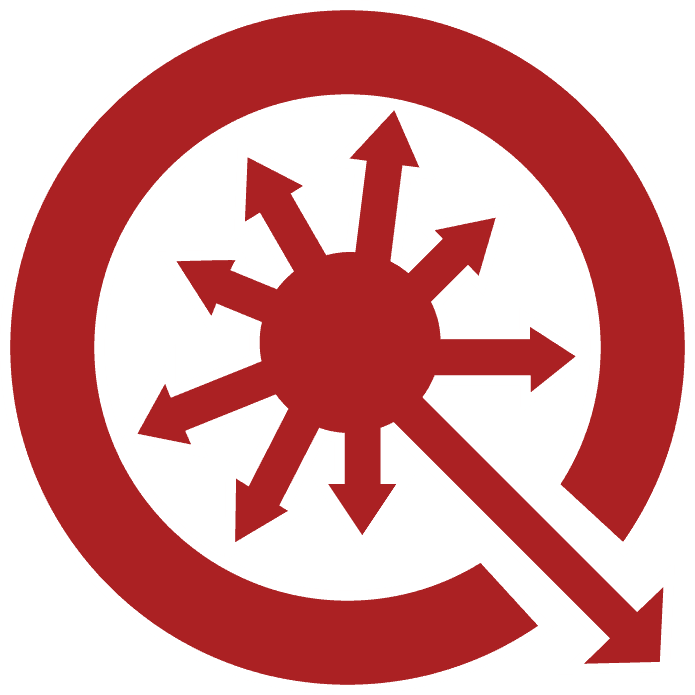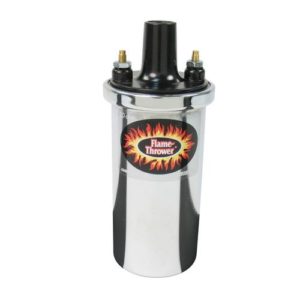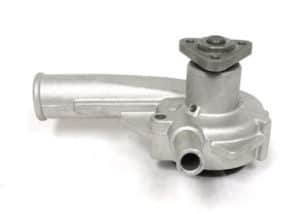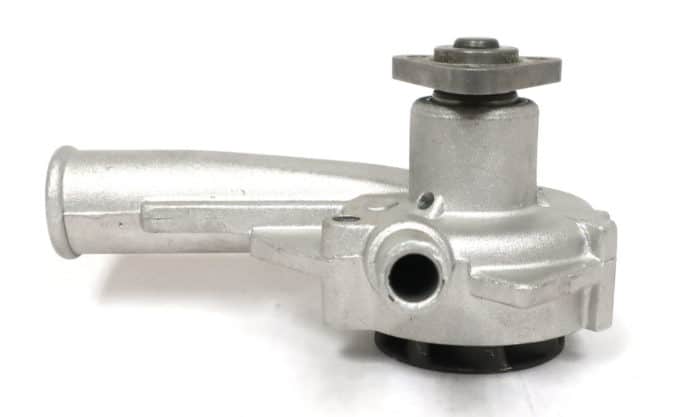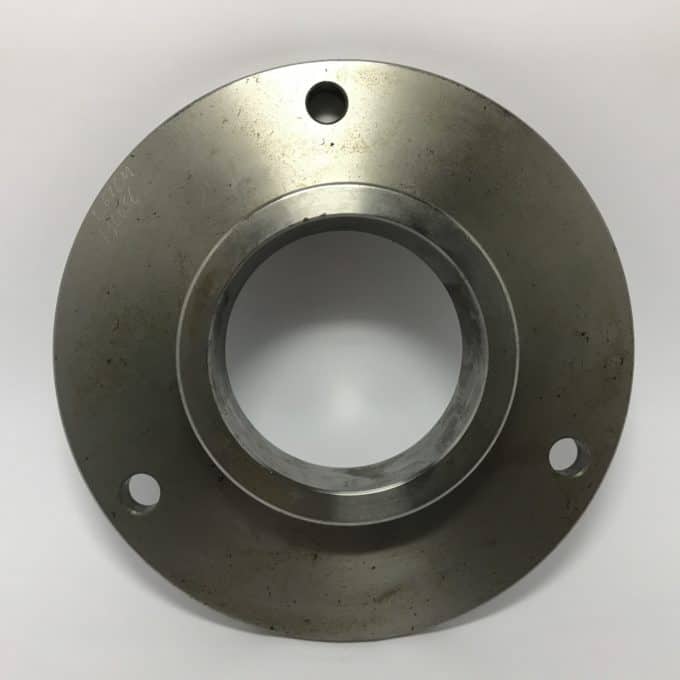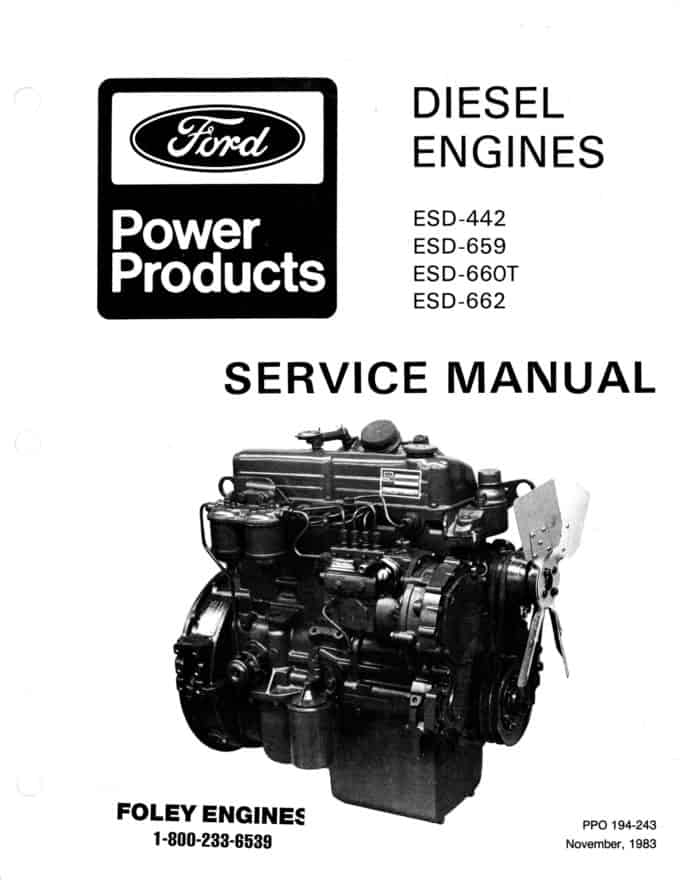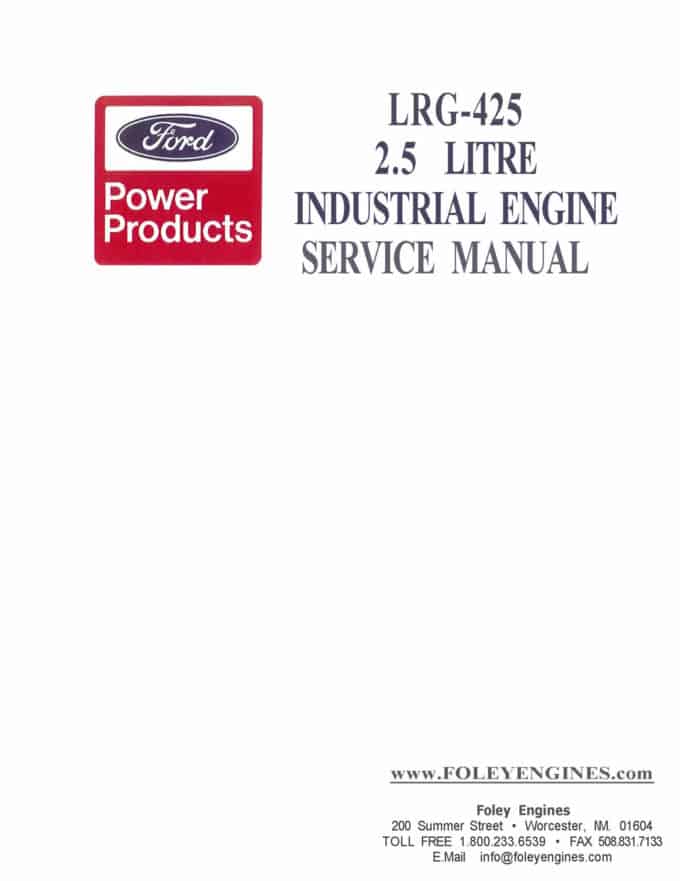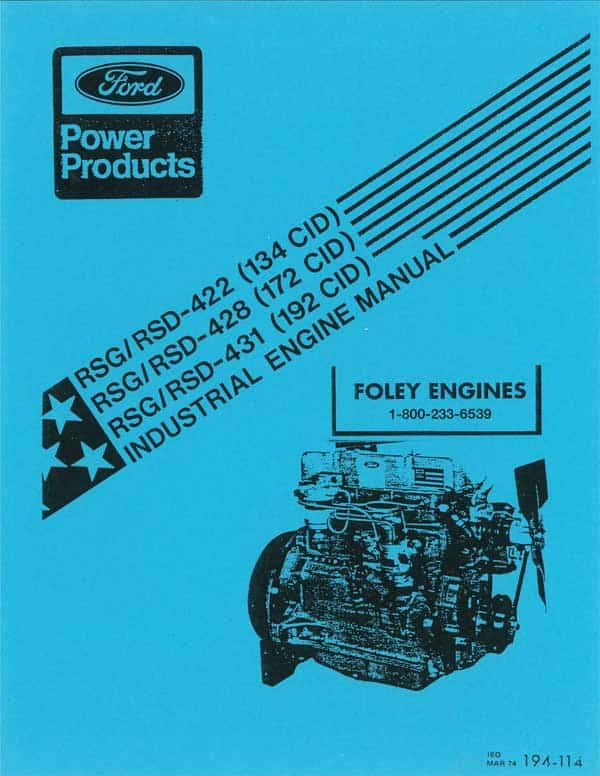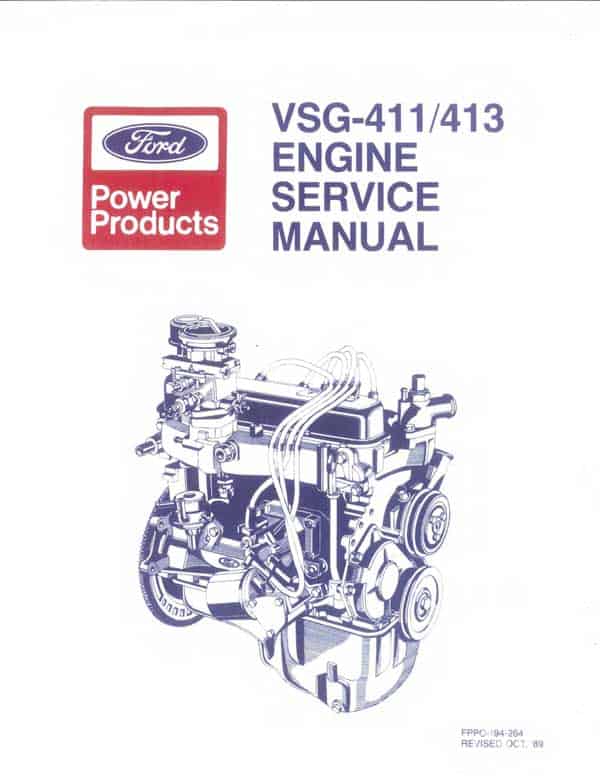Some considerations when choosing an industrial engine
This Tech Tip one of a series that we publish focuses on the Ford Industrial engine family. See for example, our
- Tech Tip #4, Ford 172/192 Industrial Engines
- Tech Tip #24, Ford 300 Industrial Downdraft Carburetors
- Tech Tip #92, Identifying the Ford Dover and Dorset Engines: Five Easy Ways to Tell the Dover and Dorset Apart.
The Ford 460 Industrial engine is part of the Ford 385 series family that includes the 429 and 514 engines. As used in industrial applications, the Ford 460 is referred to by Ford as a Model LSG875. However you wish to refer to the Ford 460, either as a Ford LSG875 or simply as a 385 Series Ford, it was Ford’s largest V8 until it was replaced in 2000 by the Model WSG1068 6.8 liter V10 engine.
The Ford 460 industrial engine was used in a variety of applications including wood chippers and tub grinders, co-generation systems, irrigation pump units, forklifts, etc. With all accessories installed, the Ford 460 engine at 2800 RPM is rated at 148 HP on natural gas, 161 HP when running on propane, and 173 HP when powered by pump gas. These power ratings are revealing: the Ford 460 is a very much an under-stressed and relatively low revving power plant. Not only do its power ratings communicate how under-stressed it is, the 460’s fully dressed out weight of 713 pounds further indicates that the Ford LSG875 will give many years of faithful service.
One weakness of these Ford 460 industrial engines, however, is that they tend to spin cam bearings. This can be caused by inadequate lubrication, a bent camshaft, or poor bearing clearances. Confounding this problem is that unlike most engines the camshaft journals are all the same size from front to back. Usually, cam bearings get smaller you move away from the front of the engine where the camshaft loads are the greatest. The Ford 460 LSG875 engine cam bearings have the same 2.250 OD in all five cam bearing positions. This also may be a cause of the spun bearing problem.
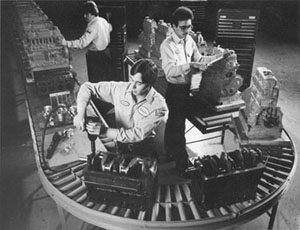 Normally, when an engine spins a cam bearing, a skilled machine shop will simply clean up the damaged cam bearing housing bore using a line boring machine. Then a larger OD cam bearing is used. Usually the parts people simple order up one with the same part number as one from a position closer to the front of the engine. Unfortunately, the Ford 460 industrial engine uses the same cam bearing in all five housing bores and because the aftermarket supplies Ford 460 cam repair bearings in only a 0.0005 oversize. As a result, the Ford 460 industrial owner’s options are often limited to buying a used Ford 460 industrial engine block because new Ford 460’s are no longer available.
Normally, when an engine spins a cam bearing, a skilled machine shop will simply clean up the damaged cam bearing housing bore using a line boring machine. Then a larger OD cam bearing is used. Usually the parts people simple order up one with the same part number as one from a position closer to the front of the engine. Unfortunately, the Ford 460 industrial engine uses the same cam bearing in all five housing bores and because the aftermarket supplies Ford 460 cam repair bearings in only a 0.0005 oversize. As a result, the Ford 460 industrial owner’s options are often limited to buying a used Ford 460 industrial engine block because new Ford 460’s are no longer available.
But here is a solution to this problem. Foley has remanufactured the Ford 460 industrial engine for many years and our parts people have found a solution. The Ford FE big block engine is a close cousin to the LSG875. The FE engine has the same 2.124 ID cam journals but unlike the Ford 460 has progressively larger housing bores as you move from front to back.
Specifically, the FE engine range from 2.265 to 2.310 in the OD of their cam bearings. In rebuilding your 460 Ford you could just pick the one oversize cam bearing that you needed to repair a damaged bore and use the standard Ford 460 cam bearings for the other cam journals. Or, a better idea, one that we use for severe duty Ford 460 industrials is to line bore all the housing bores out to a new, larger oversize and use the same FE cam bearing in all locations. Please remember to line up the oil feed holes on the cam bores with the slots in the cam bearings before you drive in the bearings.
Finally, we strongly recommend a synthetic oil such as Mobil1 for all Ford industrial engines with an oversize, remote mounted filter. Please take a look at Tech Tip #23, Oil Filters, Capacity Counts as well as Tech Tip #71, How Often Should I Change My Lube Oils.
